News
The Federal Reserve announced a rate hike by 0.75%
Find out what the Federal Reserve’s interest rate hike of 0.75 percentage points means for you as a consumer and how it affects financial markets, mortgages and credit cards.
Advertisement
What does the new record-breaking raise mean for consumers?
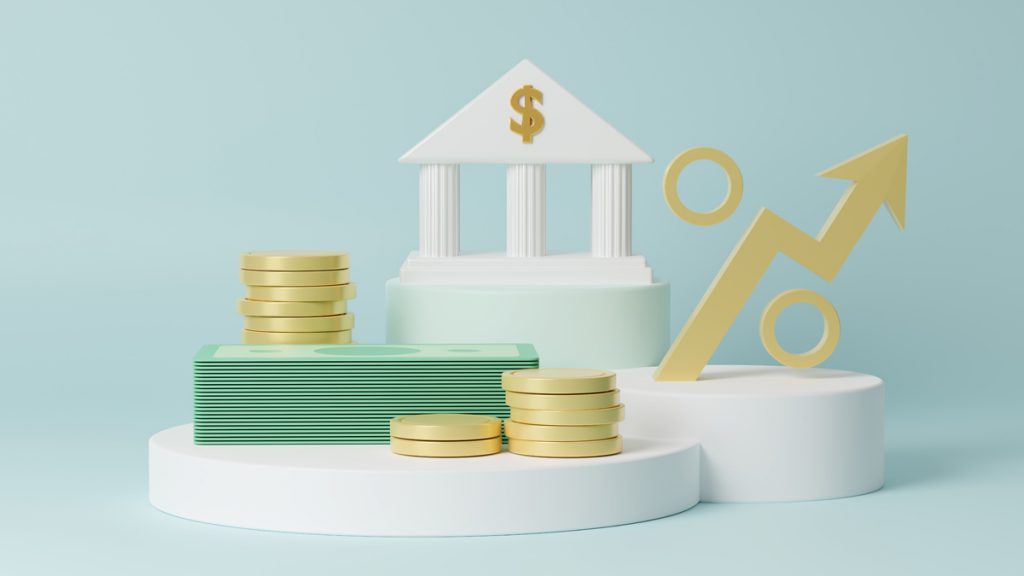
On June 15, the Federal Reserve raised its target federal funds rate by 75 basis points. That was the biggest increase in almost 30 years. The newest rate hike is another step in an effort to curb inflation once and for all. Jerome Powell, the Fed’s Chairman, said in a press briefing on Wednesday that the institution is aware of the adversity that inflation is causing. He made sure to reiterate how committed the Fed is to bring it back down, and that they are moving as fast as they can to do so.
This is only the latest action in a rate-hiking cycle that has been going on for a few months now. The goal is to crush inflation without tipping the American economy into a recession. The last time the Federal Reserve raised its target federal funds rate by 0.75% was in November 1994.
According to Chester Spatt, a professor at Carnegie Mellon University’s Tepper School of Business, the reason behind the latest hike is that consumer prices are still going up. What the Fed is doing now, is trying to fight inflation with higher rates in order to diminish demand. For consumers across the country, this aggressive method could finally stop prices from surging. However, it comes at a cost.
How Federal Reserve rate hikes raise affects consumers
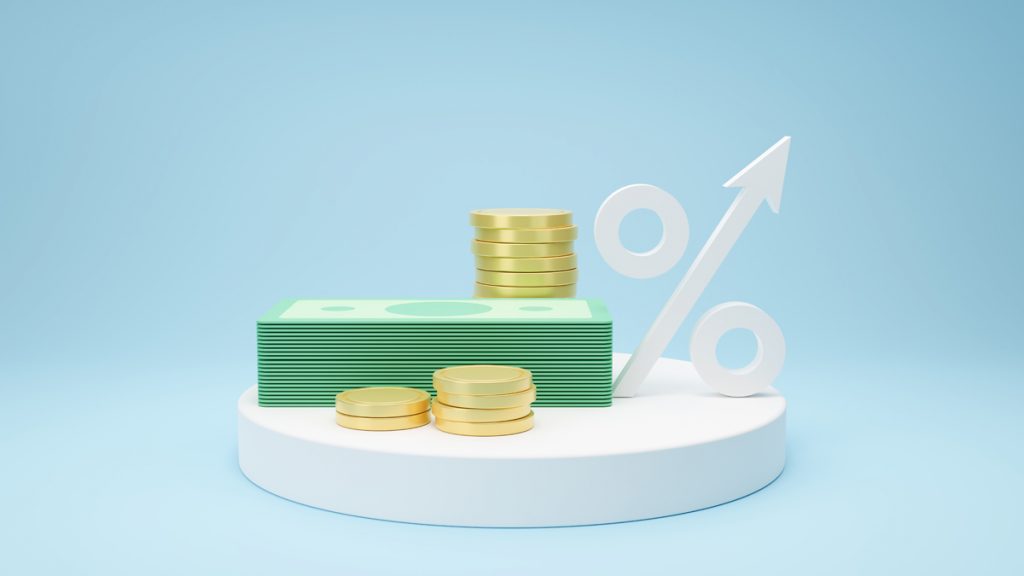
The fund is set by the central bank, and it’s the interest at which financial institutions borrow and lend to each other within 24 hours. Even though that is not the interest consumers pay, rising interest rates impacts the savings and borrowing rates that are part of a consumers’ daily life. According to Chester Spatt, Americans will be able to see the price of borrowing climb significantly, and quickly.
In a scenery of rising rates and economic uncertainty, now is a crucial time for consumers to take preventive measures in order to stabilize their finances. That means paying down all outstanding debt, especially credit cards and any other kind of variable rate debt.
You will be redirected to another website
By submitting this form, I agree that I am 18+ years old and I agree to the Privacy Policy and Terms and Conditions. I also provide my signature giving express consent to receive marketing communications via automated emails, SMS or MMS text messages and other forms of communication regarding financial products such as credit card and loans. Message frequency varies and represents our good faith effort to reach you regarding your inquiry. Message and data rates may apply. Text HELP for help or text STOP to cancel. I understand that my consent to receive communications is not a condition of purchase and I may revoke my consent at any time.
The importance in paying down high-interest debt
Most credit cards on the market offer a variable interest rate depending on the customer’s creditworthiness. That rate is directly connected to the Federal Reserve benchmark. That means that short-term borrowing rates (like using a card for purchases) are heading higher.
The current rates on credit cards are an average of 16.61%. That puts it much higher than almost every consumer loan, and it might go as high as 19% by the end of 2022. According to Ted Rossman, the senior industry analyst at CreditCards, that would be a new record. So if you’re currently carrying a balance, it’s important to try and consolidate it. You could start by paying off high-interest credit card debt by switching to a 0% APR on balance transfers card, or taking a small loan.
But it’s important to do so while there’s still time. That is because the Federal Reserve said in its press briefing on June 15 that new rate hikes will likely happen in the next month if inflation continues.
Balance transfer credit cards can be a lifesaver if you use them correctly. If you want to learn how they work and how they can help you, follow the link below!
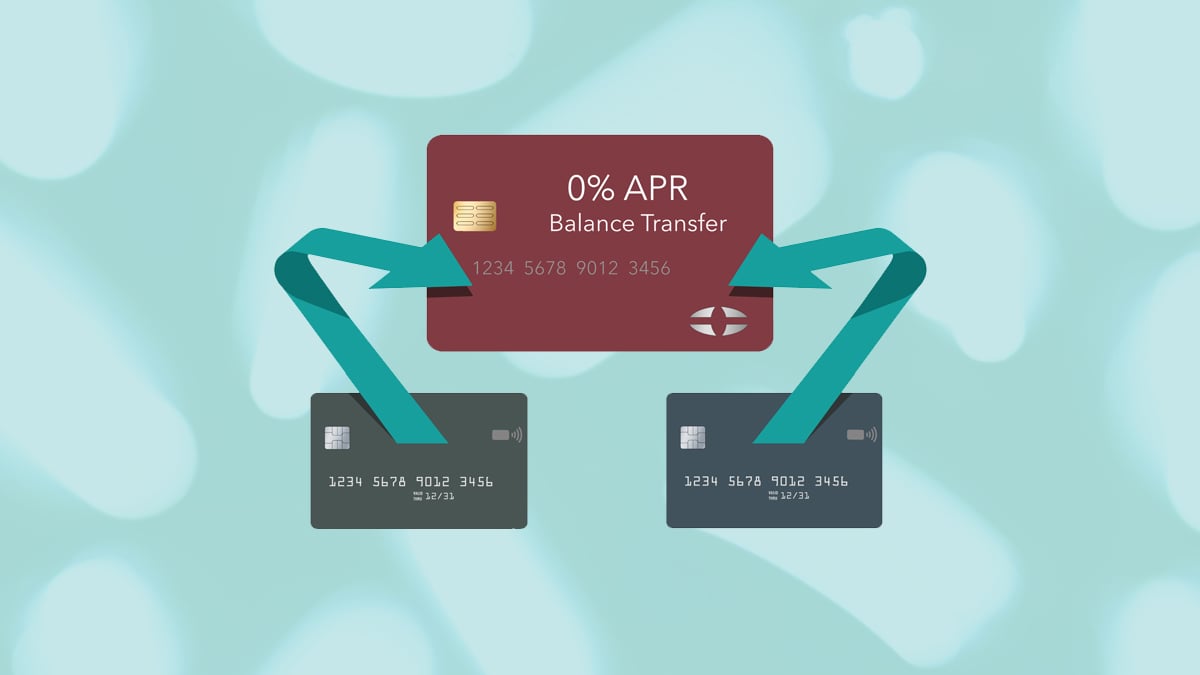
Balance transfer credit card: what is it?
Learn what are balance transfer credit cards and how they can help you pay down your debt faster!
Trending Topics
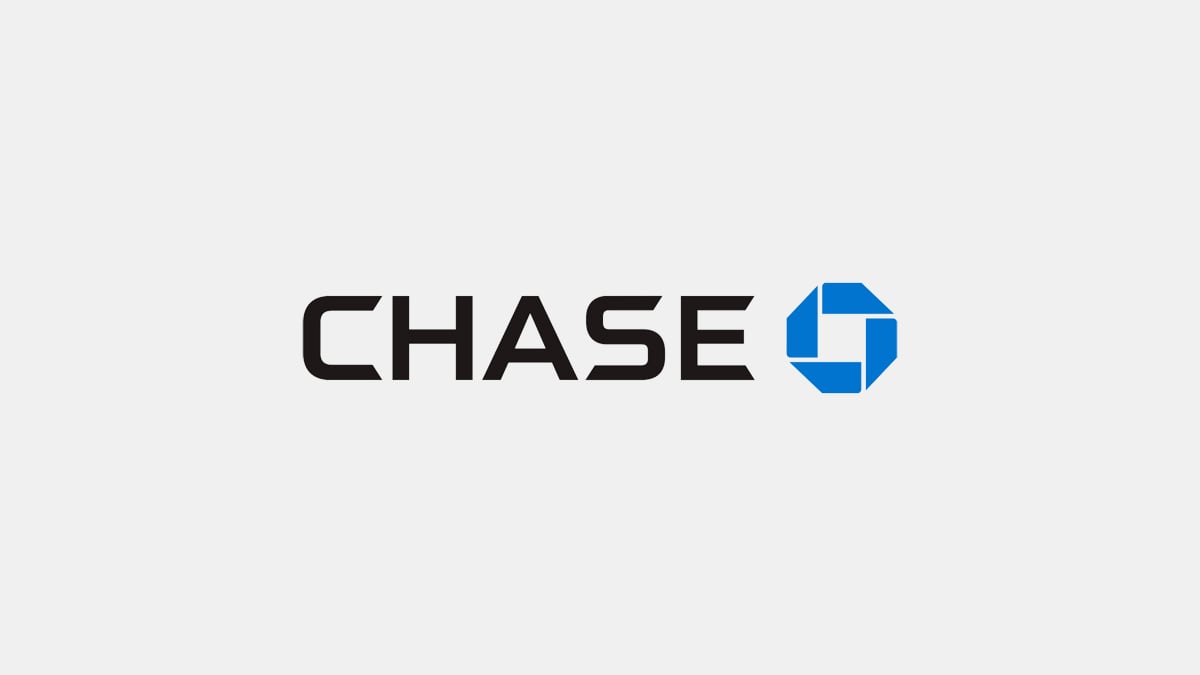
Applying for the Chase Freedom Unlimited® Credit Card: learn how!
Learn how to apply for Chase Freedom Unlimited® card today and find out why this is one of the best cash back cards available in the market!
Keep Reading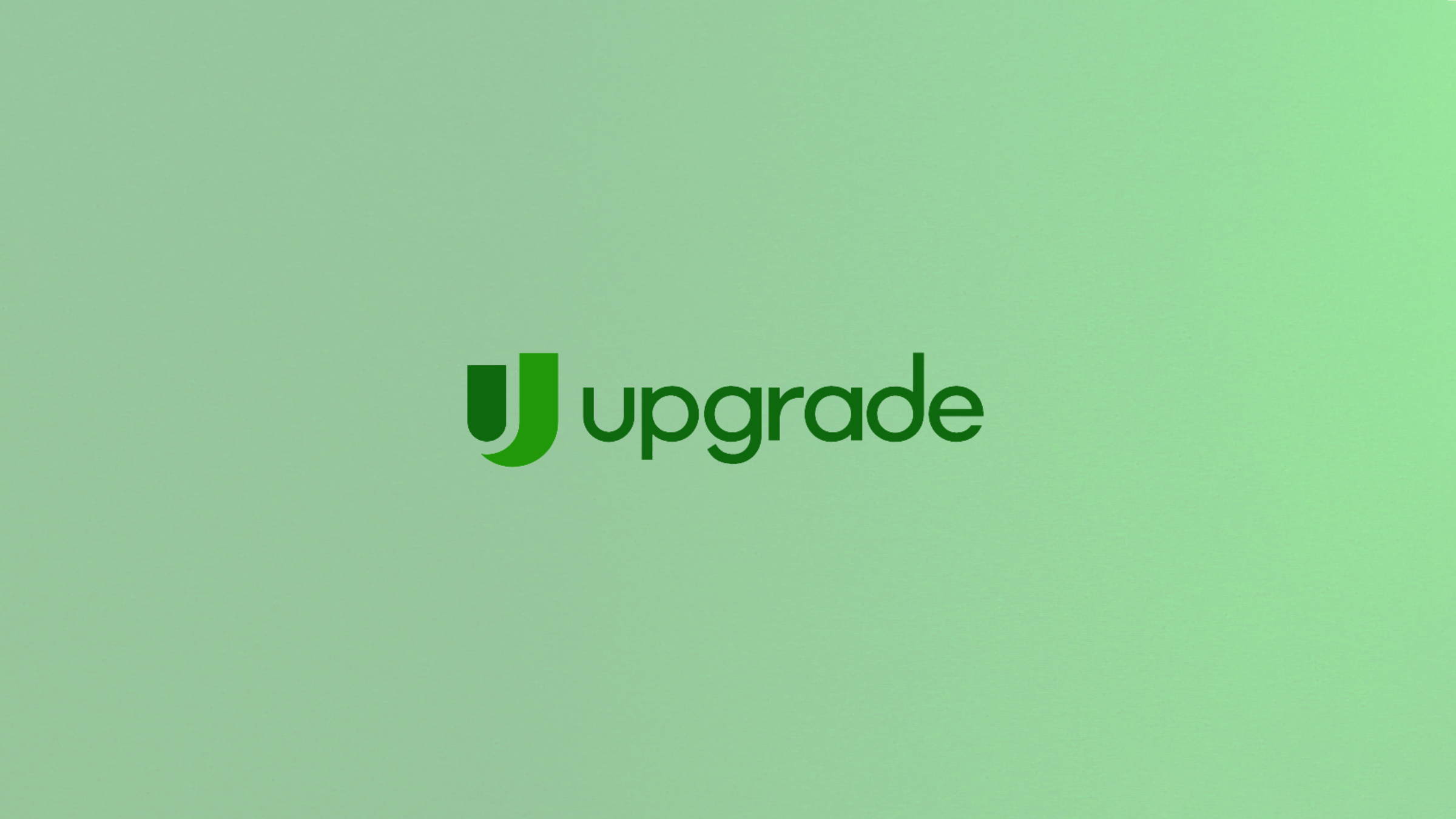
Upgrade Rewards Checking Account review: read before applying
Want to have the best checking account in town? Don't miss out on our Upgrade Rewards Checking Account review to learn more!
Keep Reading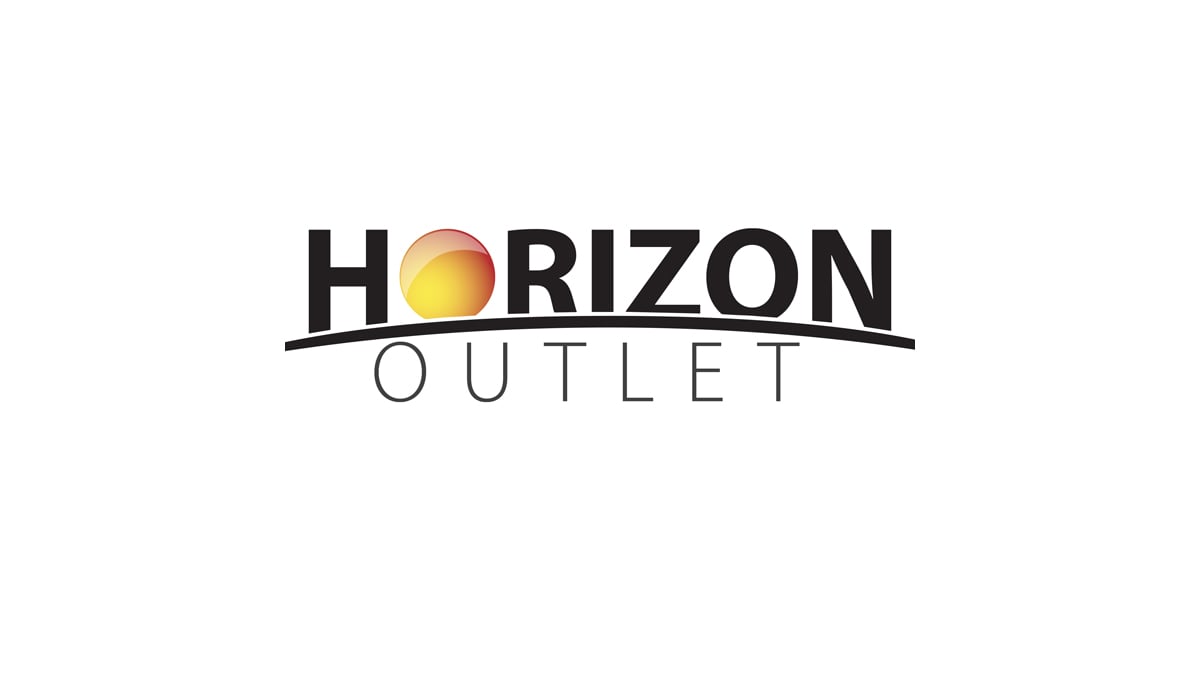
Net First Platinum credit card full review
The Net First Platinum credit card is the perfect card for individuals who shop at the Horizon Outlet website. Check it out!
Keep ReadingYou may also like

Social Welfare Programs: all you need to know
Learn about the history of social welfare programs and how they continue to shape our modern society. Discover what's currently available.
Keep Reading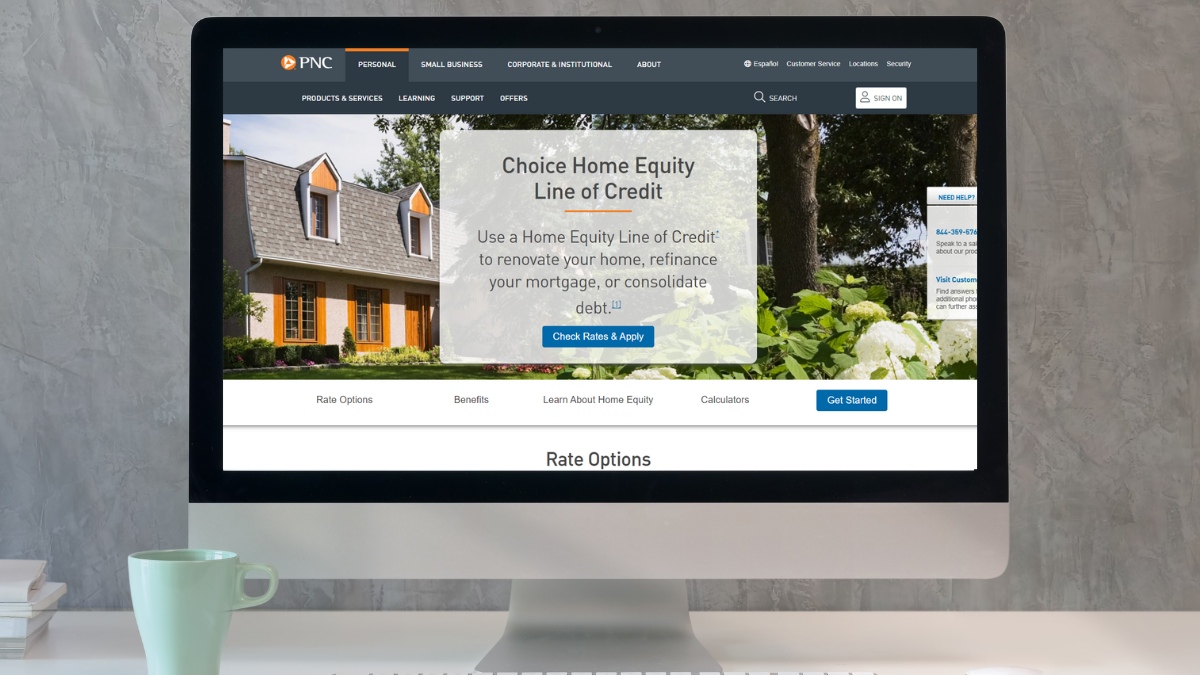
Discover affordable options: Apply for the PNC HELOC:
Here's our detailed explanation of how to apply for the PNC HELOC in just a few minutes- all stages covered. Read on!
Keep Reading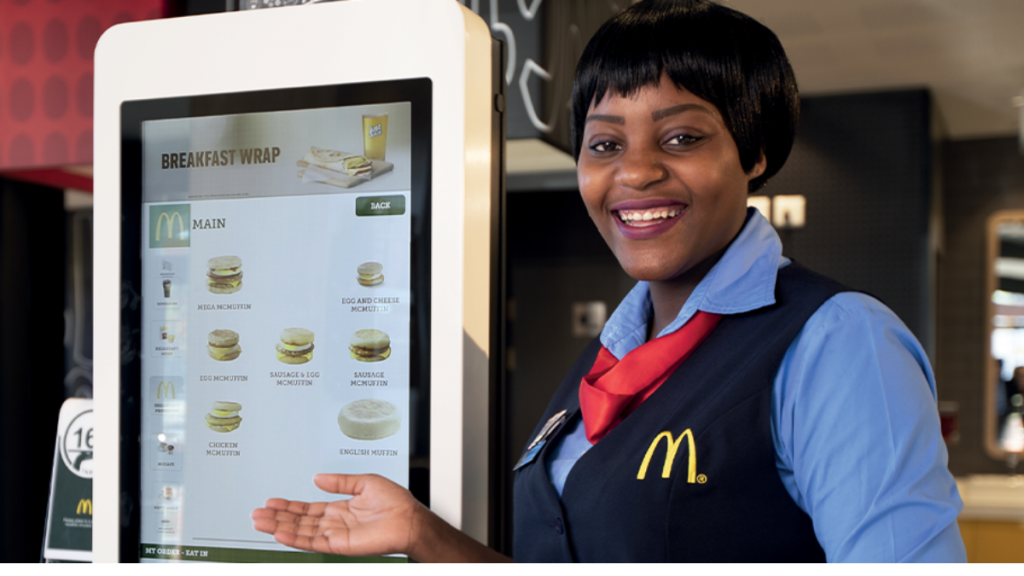
McDonald’s looking for talented employees: see job positions
Are you looking for a new opportunity? Then a job at McDonald's might be what you're looking for. Earn up to £5,938 per month with benefits!
Keep Reading